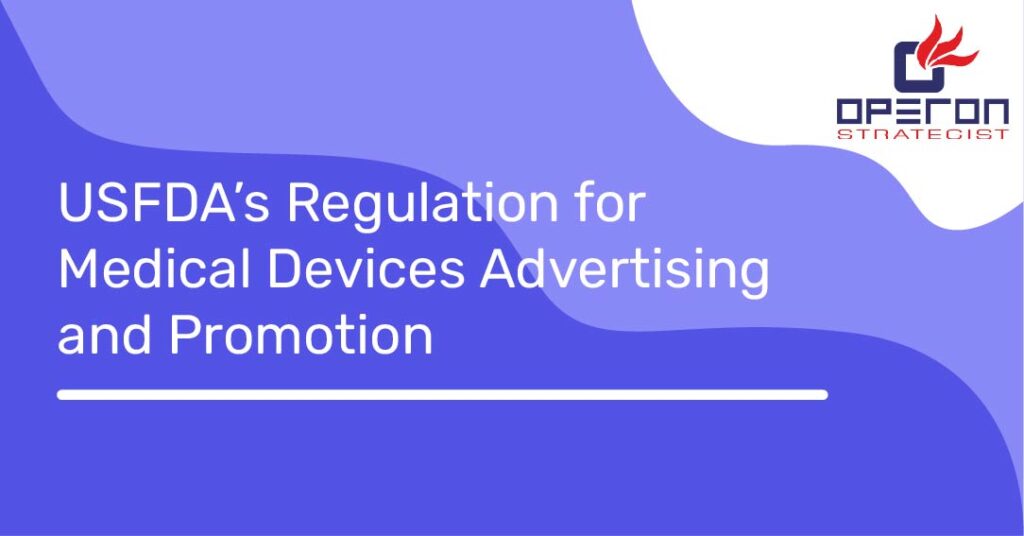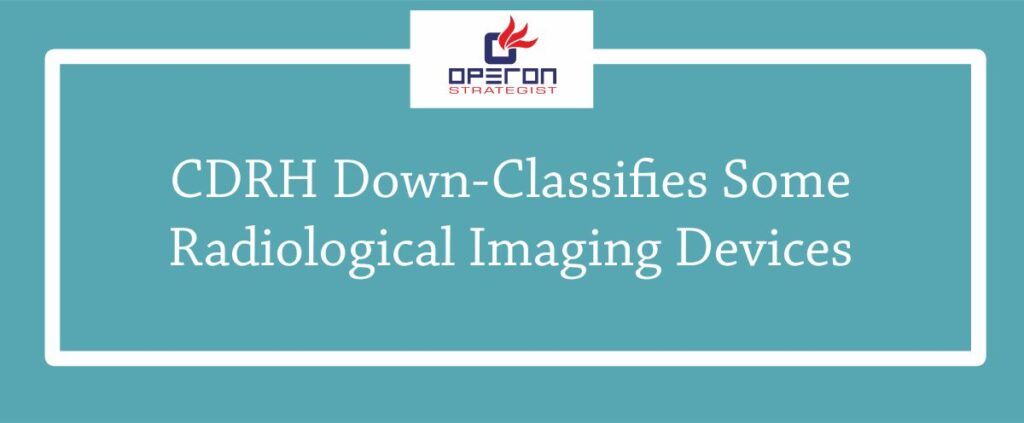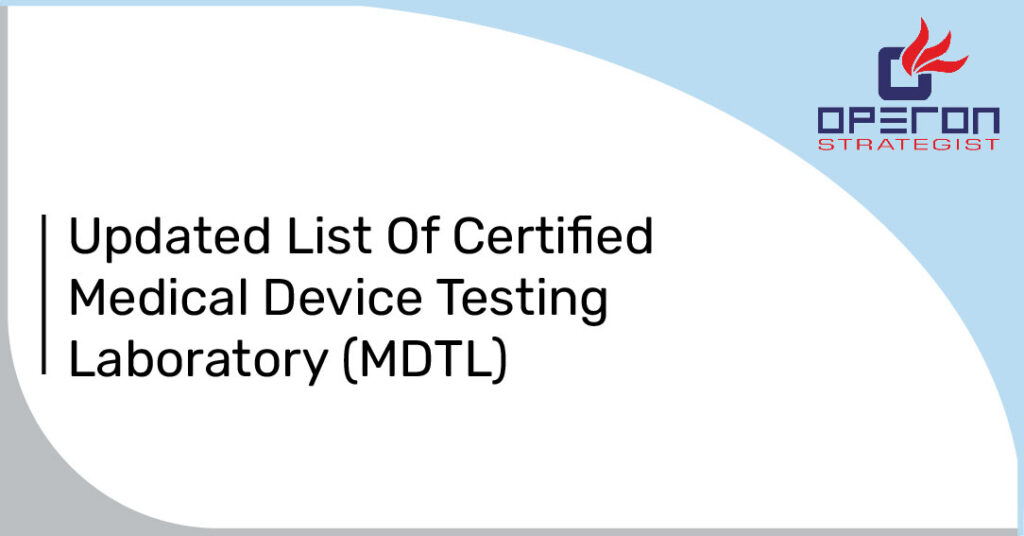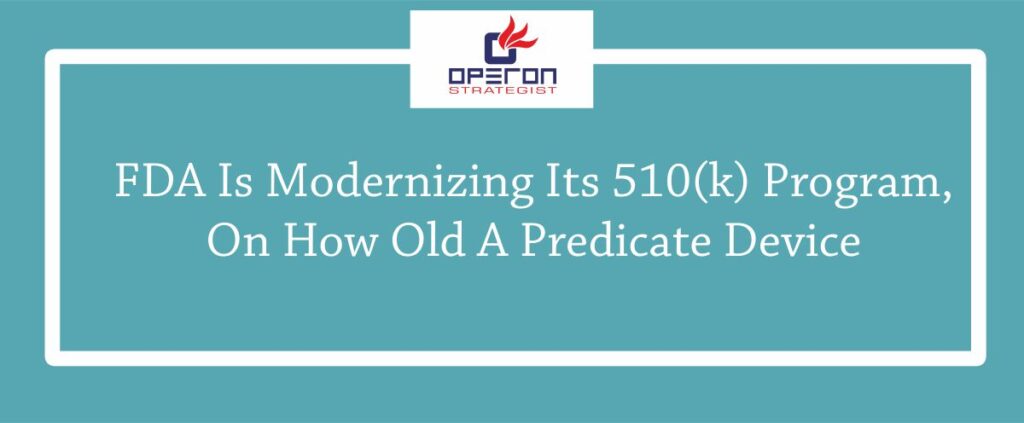There are thousands of Medical Devices being promoted and advertised out there. The U.S FDA Food And Drugs Administration has the legal power to regulate the advertising and promotion of limited medical devices that are not recognized by the FDA for the sale and distribution for their willful use.
A limited Restricted device is a device that can be sold or distributed or else can be used upon their order by an authorized health-care provider. Devices which are not approved for marketing includes an investigational device as well as authorized or cleared devices which are marketed for uses, not on their authorized or cleared labels. In both, the cases, the unapproved intended use of the device would hand over the device “misbranded”.
USFDA Regulation for Medical Devices
Generally, a medical device is misbranded if its advertising is invalid or false in any way. The false or invalid standard also get applied to a products labelling and other depictive printed matter. A device can also be misbranded if its label does not contain specifically required information such as,
- The general name of the product in such type that at least half is the size of the market name.
- A short statement of the willful uses of the and warnings, protection measures, side effects and,
- When required the description of the device’s factors.
The intended use of the device is the key in deciding the regulatory status of and compliance. FDA determines the willful use of a medical device by looking into a wide collection of proof such as, labelling proclaims, advertising topics, or written or oral statements or situations that show the medical device is with manufacturer used and offered for an aim for which it is nor advertised nor labelled.
The FDA implements advertising and the promotion of medical devices in different ways. The first and the main way is by analyzing, labelling and publicly issued materials. The FDA can search for advertising and promotional materials by any source like reading products web pages, and surfing internet to get know about how a medical device is being used by the customers.
Of great worry to most organizations are having a level playing field when contending in the market. To this end, numerous organizations file change objections with the FDA which they detail infringement, give duplicates of the violate materials and investigate the lawful reason for FDA to make an implementation move. Such letters endeavour to make it as simple as feasible for FDA to make a move. The FDA expresses that it reviews all complaints, yet whether the FDA will make a move is never uncovered. Nor will the FDA educate the complainant when it takes activity. To a lesser degree and without as much examination, the FDA gets complaints from healthcare providers, and at times consumers.
To use its limited resources, the FDA concentrates first on higher hazard medical devices in addition to unapproved medical devices that can possibly prompt damage. For example, the organization must settle on a decision, that the FDA would be bound to concentrate on cardiac implants rather than exercise equipment.
From the limited quantity of data and direction the FDA has offered to date, we know how the FDA would see certain statements and representations. For example, organizations are permitted to express that a medical device is approved if, the fact that the device has been “approved” under a premarket application (PMA), which are required for risky devices. But, the FDA does not allow the utilization of the phrase “FDA Approved” when referring to a device brought to market through the 510(k) notification procedure.
A 510k device is usually of low restrained risk. In spite of premarket submission requirements, a 510(k) medical device is not “FDA Approved”. Rather such medical devices are cleared by the agency
Regulations & Guiding Principles for medical device advertisement and promotion
FDA regulates the labelling of all the medical devices and advertising only of the “limited devices” (21 U.S.C B ‘B’ 352(a) 352(q) and (r).) – Federal Food, And Drugs, and Cosmetics act of 1938 modified (FDCA)
- Certain Regulations
- 21 U.S.C B’ 352(q) states that a restricted device is mislabeled if its advertising is false and misleading in any particular and,
- 21 U.S.C B’ 352(r) states that a limited device is mislabeled if its advertising does not contain a short statement of the devices willful use and correct precautions, side effects and reasons.
- Much of FDA’s regulation regarding the regulation of medical device promotion and advertising can be noted from the warnings and untitled letters.
- A principle managing acceptable medical devices advertising and promotion is that any material, for example, print, publication sheets at scientific gatherings, and video must be steady with the final product naming of the medical device or treatment.
- Through its scientific guidelines for medical devices, the FDA applies power over advertising and promotional materials. It needs manufacturers to demonstrate that the medical device is safe and effectual by utilizing ‘substantial scientific proof.’ According to the FFDCA, the valid proof is,
Proof from well-controlled investigations, somewhat controlled studies, program of studies and objective trials without coordinated controls, well-recorded case directed by qualified experts, and reports of significant human experience with a marketed device, from which it can fairly and capably be finished up by qualified experts that there is sensible confirmation of the safety and effectuality of a device under its conditions of use.
- The FDA is supportive of manufacturers who measure the performance of medical technology to competitors products. When the competitor sees the promotional advertising published in a medical publication and then reports to FDA’s office of compliance, FDA estimates it as an infringement and that it benefits further investigation as noticed by the number of warning letters.
- The FDA generally applies the same type of scientific concepts it uses to determine direct claims.
The world of medical devices regulation is complex, the manufacturer of medical device can refer the term FDA 510 (k) cleared for a device. we are medical device regulatory consultant , we provide regulatory guidance to medical device manufacturers
- adminhttps://operonstrategist.com/author/admin-2/
- adminhttps://operonstrategist.com/author/admin-2/
- adminhttps://operonstrategist.com/author/admin-2/
- adminhttps://operonstrategist.com/author/admin-2/




